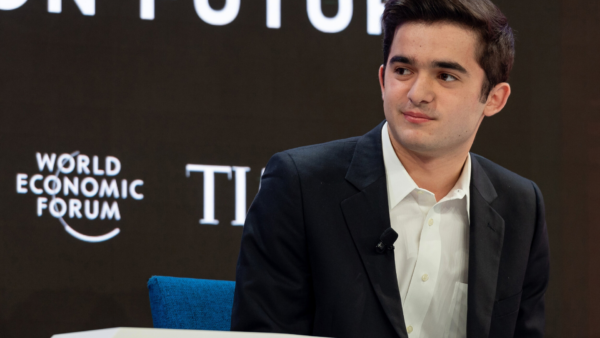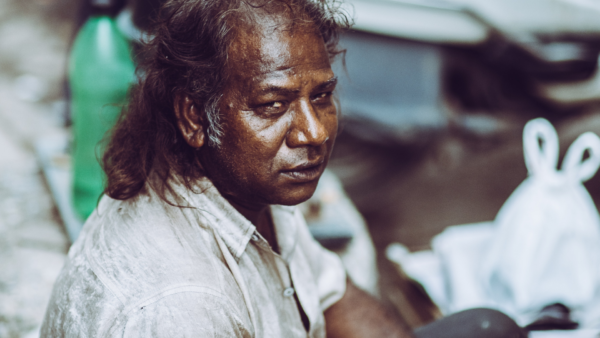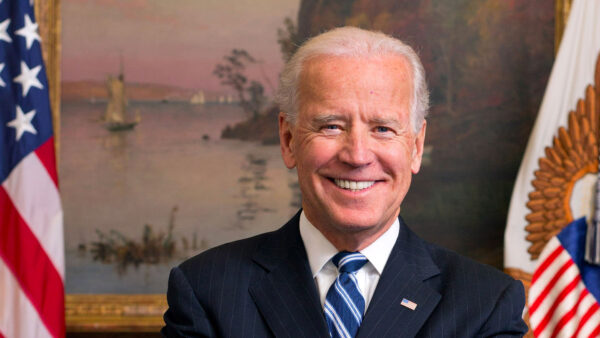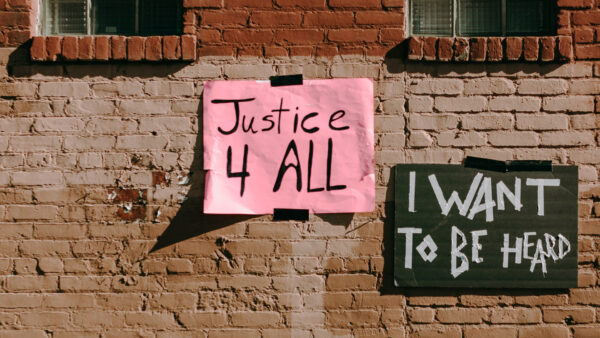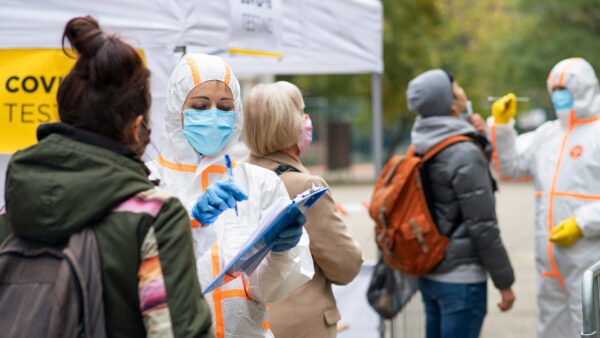OPINION: Hunger and Poverty in India: What is it like amidst COVID-19?
India has been a developing country for over a decade now. And, the country has definitely developed. In the last three years, India pulled 75 million people out of poverty; in the last ten years, the number rises to an impressive 271 million people. However, poverty is still a significant issue in the country. In 2019, Oxfam reported that over 14% of the Indian population lives in poverty. The COVID-19 pandemic has only worsened the economy and living situations for Indian citizens.
Bringing experiences of Indians to the forefront, T. Mukherjee spoke to numerous citizens from different backgrounds. One of the interviewees was from the city of Jamshedpur, home to the Tata steel mills. Talking about her experience with poverty and COVID-19, she stated about her husband’s salon and how he was the sole earner of the family. He had a strong client base and never faced any problems with finding work. With the COVID-19 pandemic hitting the country severely in early 2020, he started losing out on clients and eventually, there came a point when he would have no clients at all. Their savings got used up in a matter of weeks. Frustrated, he would cry every night. Finally, unable to bear this feeling anymore, one morning he heads to his salon and commits suicide. This is not just an isolated incident.
On the outskirts of Mumbai, another interviewee talks about how the finances of their family were affected so severely that they could have only one meal a day. “We ate only one meal a day. If we ate in the morning, then we wouldn’t eat at night. Or if we ate at night, then we wouldn’t eat in the morning.” Yet another interviewee in the nation’s capital, New Delhi recalls losing out on work because of the pandemic, “I used to work in five to six houses. After the lockdown, no one’s ready to hire me. Everyone’s saying, because of COVID, we wouldn’t give you work.”
Under the Disaster Management Act, the Indian Government is capable of taking various measures to provide its citizens relief during the COVID-19 pandemic; measures that include providing moratorium against bank loans, which just happened for a period of 6 months and did not continue afterwards, leading to an increased number of suicides in the country, poverty, etc. The government also stated that they invested INR 200,000 crores in the economy of the country. However, how successful this investment was is debatable because the condition of Indian citizens has not improved.
This is not the world we want. India needs to work harder to meet UN SDGs 1, 2 and 3: No Poverty, Zero Hunger, Good Health and Wellbeing.
There is no doubt that the country has grown over the years and that the Indian economy has improved. However, the COVID-19 pandemic has brought new challenges for both, the economy and the citizens of the country; challenges that have not been successfully addressed and resolved yet.


